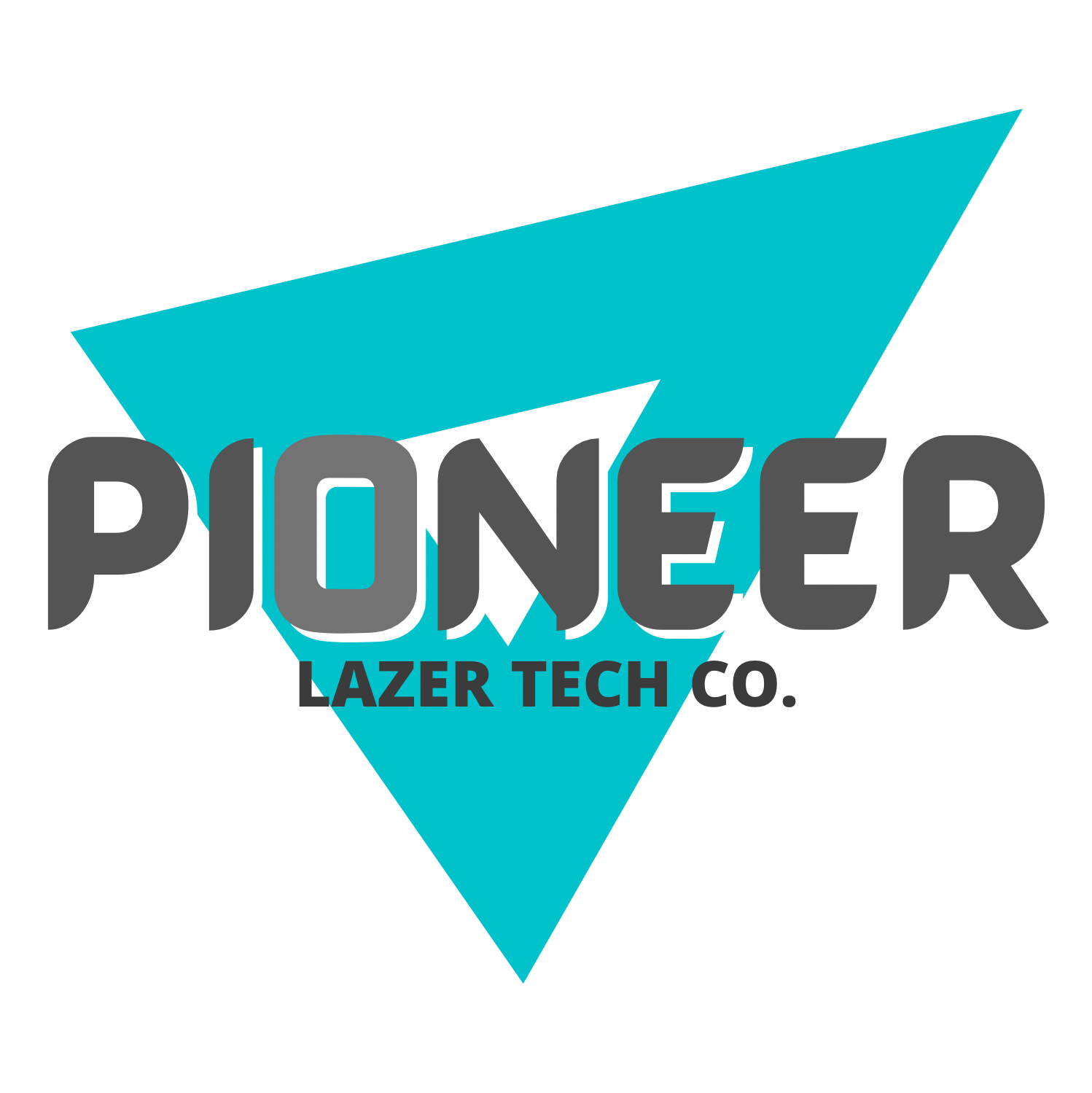
In the field of dermatology and aesthetic treatments, hair removal diode lasers have become a cornerstone technology for effective and long-lasting hair reduction. Among the various types of diode laser hair removal machines, three notable technologies stand out: the triple wavelength diode laser, the long-pulsed Nd YAG, and the 808 nm laser diode . This guide will delve into the specifics of each type, their benefits, and how to decide which diode laser machine to invest in for your clinic.
Understanding Hair Removal Diode Lasers
Hair removal diode lasers work by emitting a concentrated beam of light that is absorbed by the melanin in the hair follicles. This light energy is then converted to heat, effectively damaging the follicles to inhibit future hair growth. This process is known as selective photothermolysis.
Types of Hair Removal Diode Lasers
1. Triple Wavelength Diode Laser: The triple wavelength diode laser combines three different wavelengths: 755 nm (Alexandrite), 808 nm (Diode), and 1064 nm (Nd). This combination allows it to target different depths and structures within the hair follicle.
Key Features:
- 755 nm Wavelength: Effective for fine and light hair, and targets the bulge of the hair follicle.
- 808 nm Wavelength: Considered the gold standard for hair removal, suitable for a wide range of skin types and hair colors.
- 1064nm Wavelength: Penetrates deeply, making it ideal for darker skin tones and thicker hair.
Pros:
- Versatility: Can treat a wide range of skin types and hair textures.
- Efficiency: Combines the strengths of three wavelengths for comprehensive treatment.
- Safety: Lower risk of side effects on different skin types.
Cons:
- Versatility: Can treat a wide range of skin types and hair textures.
- Efficiency: Combines the strengths of three wavelengths for comprehensive treatment.
- Safety: Lower risk of side effects on different skin types.
Cons:
- Cost: Generally more expensive due to advanced technology.
- Complexity: Requires more training and expertise to use effectively.
2. Long Pulsed Nd YAG Laser:
The long pulsed Nd laser operates at a wavelength of 1064 nm, which penetrates deeply into the skin, making it effective for darker skin tones and deeper hair follicles.
Key Features:
- Deep Penetration: This can effectively target hair follicles situated deeper in the skin.
- Safety for Darker Skin: Lower melanin absorption in the epidermis reduces the risk of burns and pigmentation issues.
Pros:
- Safe for All Skin Types: Particularly effective for darker skin tones.
- Deep Penetration: Ideal for thick and coarse hair.
Cons:
- Pain: Treatments can be more uncomfortable compared to other wavelengths.
- Effectiveness: May require more sessions to achieve desired results on lighter hair.
3. 808 nm Laser Diode
Overview: The 808 nm diode laser is widely recognized as the standard for laser hair removal. It strikes a balance between efficacy and safety for a variety of skin types and hair colors.
Key Features:
- Optimal Wavelength: The 808 nm wavelength is ideal for penetrating the hair follicle while minimizing damage to the surrounding skin.
- Speed: Allows for faster treatment sessions.
Pros:
- Efficiency: Provides effective hair removal with fewer sessions.
- Safety: Suitable for most skin types with minimal risk of side effects.
- Comfort: Often equipped with cooling systems to enhance patient comfort.
Cons:
- Limited Effectiveness on Light Hair: Less effective on very fine or light-colored hair.
Choosing the Right Diode Laser Hair Removal Machine
When deciding which diode laser hair removal machine to invest in, several factors should be considered:
1. Patient Demographics
- Skin Type and Tone: If your clinic serves a diverse clientele with various skin tones, the triple wavelength diode laser or the long pulsed Ndlaser might be more suitable.
- Hair Type: For patients with thicker and darker hair, the 808 nm diode laser or long pulsed Ndlaser can be highly effective.
2. Treatment Range
- Versatility: If you aim to offer a wide range of treatments, including fine hair removal and deeper follicle targeting, the triple wavelength diode laser provides comprehensive coverage.
- Specialization: For clinics specializing in treating specific hair and skin types, a targeted solution like the 808 nm diode laser or long pulsed Ndlaser might be more appropriate.
3. Budget
- Upfront Cost: Assess your budget for the initial investment. While the triple wavelength diode laser might have a higher upfront cost, its versatility could justify the expense.
- Long-Term Value: Consider the long-term value and potential return on investment. Machines that offer quicker, more effective treatments can lead to higher patient satisfaction and retention.
4. Technical Expertise
- Training and Support: Ensure that the machine comes with adequate training and support from the manufacturer. More advanced machines like the triple wavelength diode laser may require more comprehensive training.
- Ease of Use: Consider the learning curve associated with each type of laser. Simpler machines like the 808 nm diode laser may be easier for staff to operate.
Conclusion
Investing in a hair removal diode laser is a significant decision that can impact the success of your dermatology practice. Understanding the differences between the triple wavelength diode laser, long pulsed Ndyag laser, and 808 nm laser diode is crucial in making an informed choice. By considering your patient demographics, treatment range, budget, and technical expertise, you can select the diode laser machine that best aligns with your clinic’s goals and ensures optimal outcomes for your patients.
Whether you choose the versatile triple wavelength diode laser, the deep-penetrating long pulsed Nd yag laser, or the efficient 808 nm laser diode, each has its unique advantages. Ultimately, the right choice will enhance your service offerings, improve patient satisfaction, and contribute to the long-term success of your practice.
